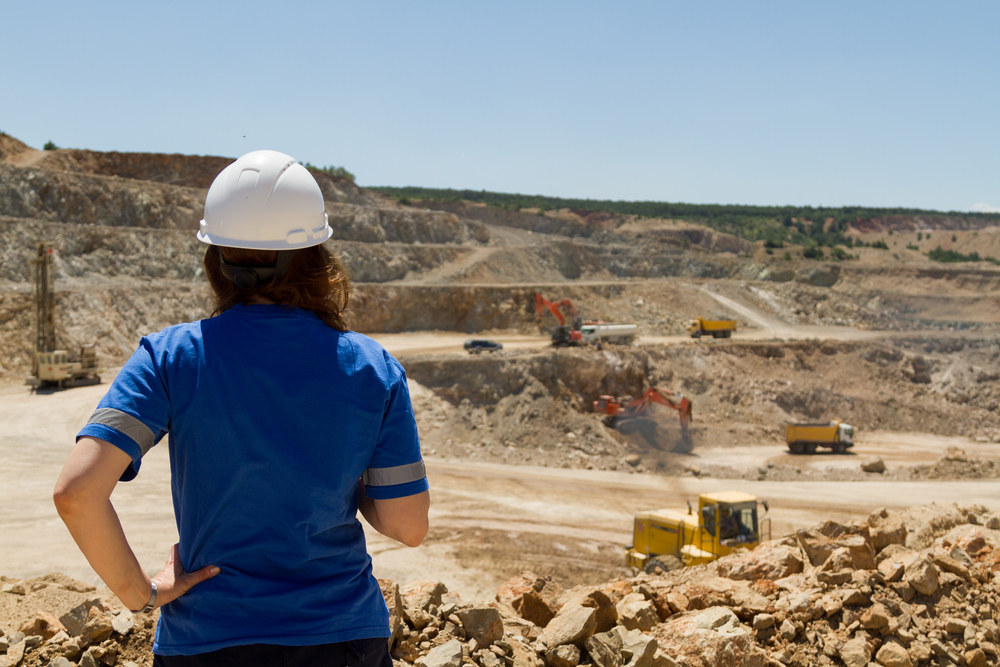
New research conducted amongst learning and development (L&D) professionals in Australia’s high-risk industries — including mining, manufacturing, utilities, and transport — reveals a clear link between annual industry fatality rates and the training available to employees.
The research, which was conducted as part of a new report from Cloud Assess, demonstrates that both the quantity and quality of training provided have a direct impact on safety.
The industries with the highest number of fatalities were found to invest significantly less in training than those with lower fatality rates.
For example, the transport industry, which is statistically the most dangerous in Australia, invests the equivalent of just 5 per cent of its total wage spend into training per year.
Businesses in the mining sector, which has the second-highest industry fatality rate, spend 6 per cent, on average.
By contrast, the utility sector, which is the safest of the industries investigated by annual fatalities, invests the most — 7 per cent of wage spend.
As well as investing less, the study found that industries with higher fatality numbers also offer less training per employee, per year than safer industries, on average.
Just 54 per cent of employees in the transport industry go through training every single year, compared with 65 per cent of utilities employees.
This trend of insufficient and inconsistent training can also be seen in mining.
According to government data, 17 of the total 47 fatalities in the mining sector between 2000 and 2019 in mining firms involved a lack of specific competency training and a further nine were down to inadequate training.
In addition, Cloud Assess’s research reveals a link between training delivery methods and safety, with the safest industries consistently implementing a blend of both online and in-person training for maximum learning benefits.
Furthermore, the industries with the lowest fatality numbers were also most likely to measure skills competency using meaningful metrics, such as changes in behaviour, rather than simply ticking a compliance check box.
Cloud Assess Founder Rob Bright said that while attitudes towards workplace safety have begun to shift in recent years, employees across Australia continue to lose their lives at work every single year due to a lack of training designed to build competency and improve safety.
Last year alone, six mining workers died while engaging in work operations.
“This doesn’t have to be the case. Our research shows that lives could be saved by providing all those working in high-risk roles with adequate training. These insights, coupled with recent high-profile court cases which have held executives accountable for failing to protect their staff, signal a new precedent. The bare minimum is no longer enough when it comes to instilling essential skills in employees. Executives must take accountability for the safety of their employees and this means training for safety, not for audits.
“It’s encouraging to see that those firms which are prioritising consistent, high-quality training for all employees are succeeding in reducing the number of preventable incidents amongst their staff. We hope that these new insights will prompt all businesses to reassess their approach to training to better protect their workforce,” said Bright.










